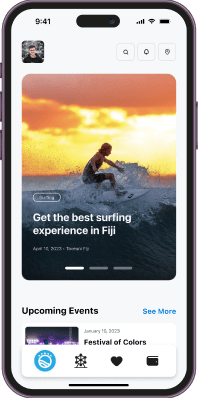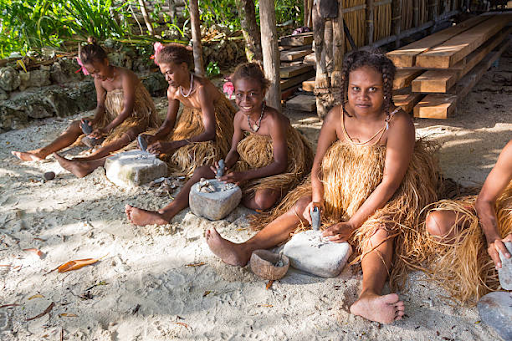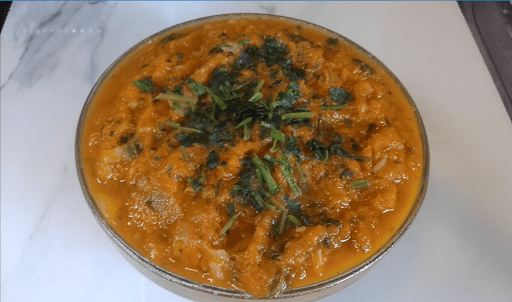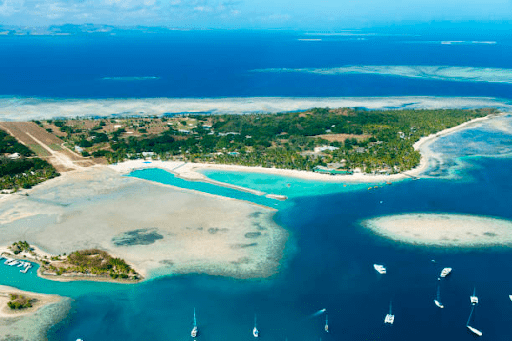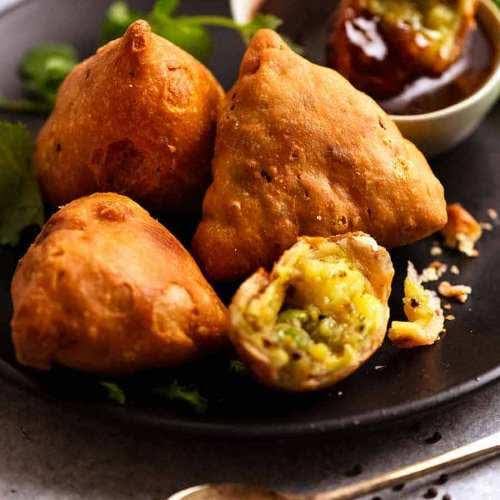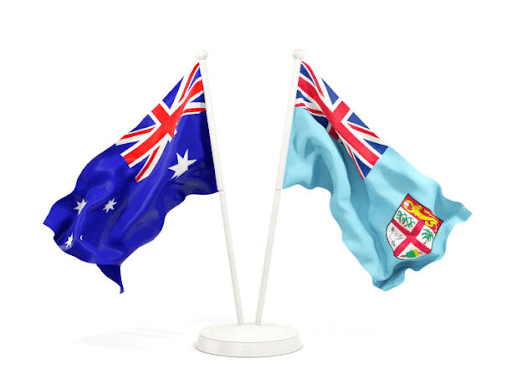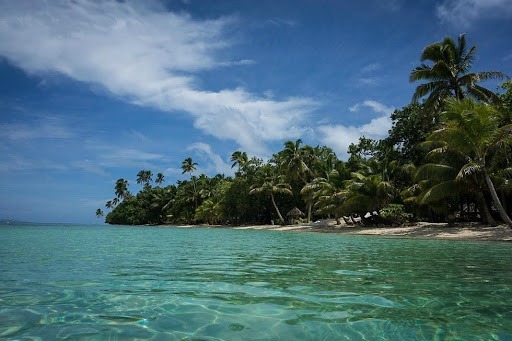What makes Fiji a multicultural country?
Have you ever wondered why Fiji has such an array of cultural diaspora? Well! First off, Fiji is one of the few island nations in the South Pacific that hosts a few cultural groups from the Pacific and across the seas. This, along with the British colonisation of Fiji has provided the island nation with a beautiful but at times, a turbulent history of multiculturalism.
There are a variety of groups existing in Fiji, their reasons for calling Fiji home range from migration under the British indentured labour scheme to displacement after a natural disaster.
Solomon Islanders
Malaitan women from the Solomon Islands.
In the 1870’s, around the British annexation of Fiji (1874), a first wave of labourers were brought over from the Solomon Islands to work the Sugarcane plantations of a then budding young colony. Some of these migration schemes were accomplished under ruse and guise which later became known as the ‘Black birding’ scheme. Descendants of these labourers have since settled, married and interwoven themselves in Fiji’s culture. Such villages and settlements include those in Wailoku, Suva, Waidradra village in Deuba and Wailailai and Wainaloka village in Ovalau. These groups are not only limited to these few villages but are spread out all across Fiji.
Indians
Celebration at the Sri Siva Subramaniya temple.
Here’s another group that arrived under similar labour schemes that started in 1879, specifically the British indentured labour system which lasted for 37 years. In Fiji, you will notice that after native Fijians (50+ percent), Fiji Indians (30+) make up the second largest group of Fiji’s population and the rest, by other minority groups. The descendants of these workers who referred to themselves as, ‘Girmitiyas’, an Indianised term for the agreement they had signed, celebrate their ancestors annually on a specific day in the month of May. This ethnic group has also made an impressionable mark on Fiji’s economic development and can be seen in the various businesses set up in Fiji’s big cities and towns.
Rotumans
Photo Credit: The Fiji Times.
The island of Rotuma is about 500 kilometres northwest of Vanua Levu, making Wallis and Futuna, to the northeast nearer to Fiji. Rotuma was annexed in the year 1881 by Britain and later absorbed into one of Britain’s colonies, the Fiji Islands. The culture, appearance and language of Rotumans are completely different from that of native Fijians. Rotuma, most likely having Polynesian origins, have traces of Samoan and Tongan influences in their culture. Rotuma is not exempted from the urban drift that many islands suffer. In fact, around 80 percent of Rotumans live in Fiji and the remaining percentage still live in Rotuma.
Banabans (Rabi)
Little girls in traditional attire.
Rabi is an island about 20 kilometres off the coast of Vanua Levu and 5 kilometres west of Taveuni island. The story of how Banabans arrived on the island of Rabi is one of displacement and tragedy. The Banaban ethnic group are originally from the Micronesian island of Banaba in Kiribati. In the 19th century, the island was lucrative for its phosphate and was mined to such an extent that the island became barren, leaving about a 1000 displaced Banabans. These displaced Banabans were resettled in Rabi at the end of World War II, in 1945. The Rabi community continues to maintain links to the island of Banaba and still pertain to their way of life.
Tuvaluans (Kioa)
Photo Credit: South Pacific Tourism Organisation.
Another tale of ethnic migration occurred two years after the arrival of the Banabans in Rabi and for a very different reason. The atoll of Vaitupu, in the Tuvalu group, faced a population issue of overcrowding in the 1940’s. At the end of the war, after hearing of the resettlement of the Banaban community in Rabi, the Vaitupuans also considered purchasing an island in Fiji to help manage their population. Long story short, they purchased the island of Kioa in June 1946 and a group voluntarily departed Vaitupu and arrived on the island in October 1947. The island of Kioa is about 100 metres from the Vanua Levu coast in Buca bay and just south of Rabi island. Like the Banabans, the people of Kioa continue to preserve their culture and their links to Tuvalu.
Other ethnic groups
Fiji also has other ethnic groups in the country such as the Chinese who are descendants of early migrants who were merchants, and descendants of early European settlers who came to Fiji to begin anew.
These various cultural groups and many others that continue to make Fiji their home have made Fiji a melting pot for the South Pacific.
